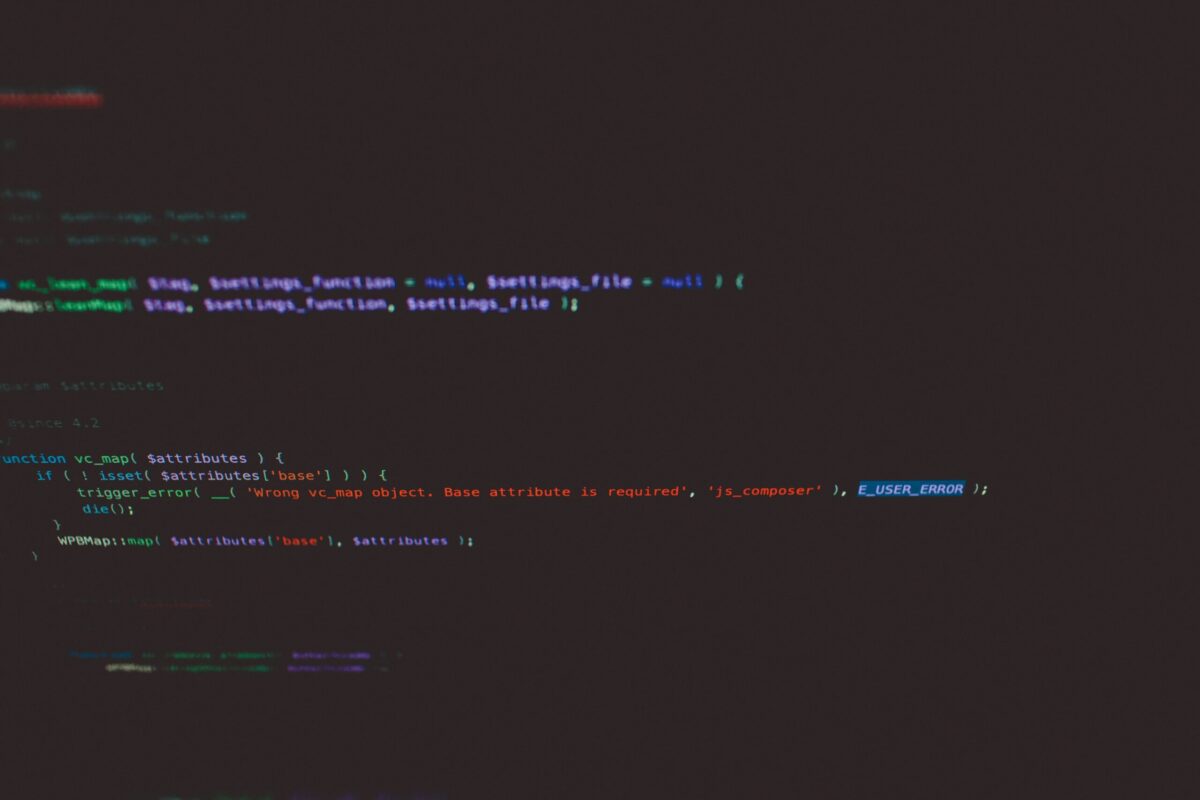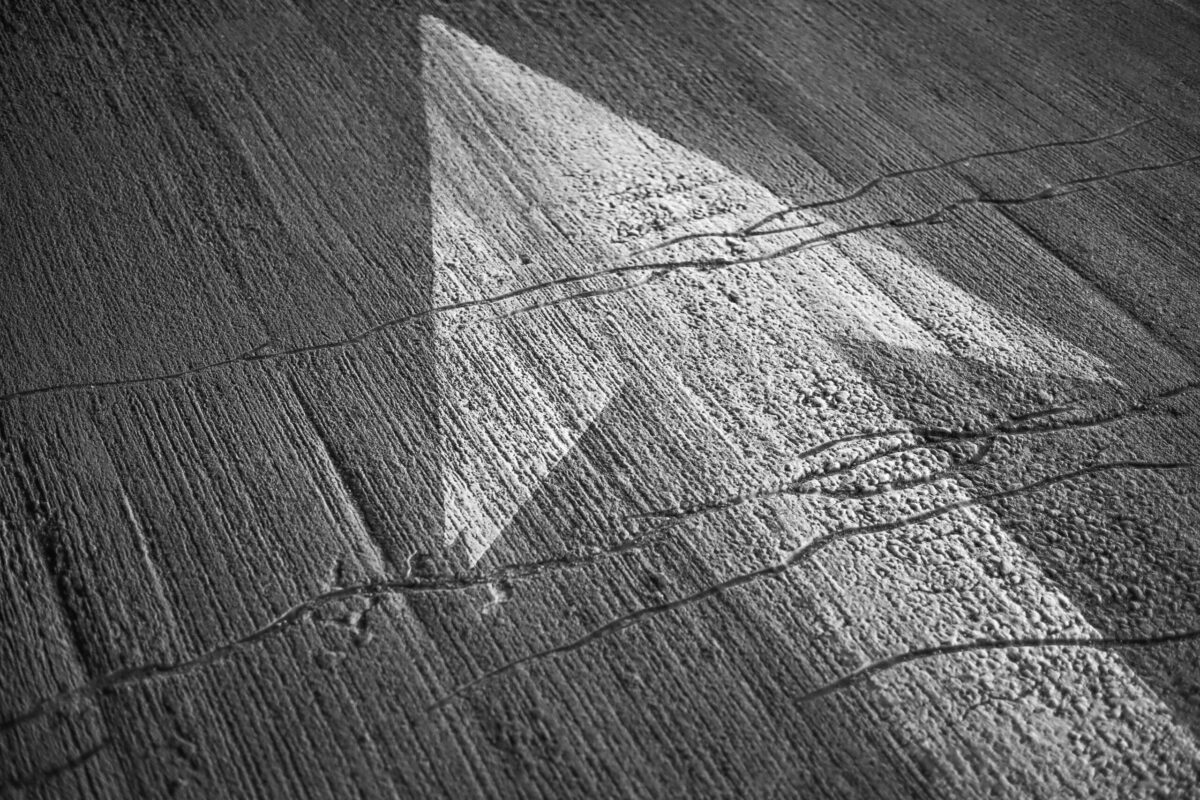Brave, the web browser known for its strong focus on privacy, has launched a new blockchain-based domain called “.brave”.
This new top-level domain (TLD) is being developed in partnership with Unstoppable Domains, a company that specialises in decentralised web identities.
This is the first time a browser has introduced its own blockchain-native domain, and it marks a big step toward building a more user-controlled and decentralised internet.
The move is designed to make interacting with Web3 services easier, especially for those who are put off by long and confusing cryptocurrency addresses.
The .brave domain system will let users create simple, human-readable names that can replace the complicated strings of letters and numbers typically used in crypto wallets.
These domains will also allow users to host decentralised websites that are directly accessible within the Brave browser, with no need for extensions or extra tools.
A new way to use the web
The newly launched .brave domain works in a way that’s very different from traditional domain names like .com or .net.
Instead of relying on centralised systems, .brave is a blockchain-based domain that is minted as a non-fungible token (NFT) on the Polygon blockchain.
This means users can own their domain permanently, rather than paying a company a yearly fee to keep using it. Once you mint a .brave domain, it’s yours – there are no renewal fees.
The Chief Technology Officer and co-founder of Brave, Brian Bondy, explained the motivation behind the move.
“Our mission is to put privacy, ownership, and control back in the hands of users .brave is more than a domain — it’s a user-owned identity layer, native to the Brave ecosystem”, he said.
Users will be able to use .brave domains as easy-to-remember names for their cryptocurrency wallets. Instead of copying and pasting a 40-character Ethereum address, users could simply send funds to something like alice.brave.
The domains are also multi-chain compatible, meaning they work across several different blockchain networks. This includes Ethereum, Solana, Base, Sonic, and even Bitcoin.
This cross-chain support gives the domains a lot of flexibility, especially for users involved in multiple blockchain ecosystems.
Another important feature is that these domains allow for decentralised website hosting through the InterPlanetary File System (IPFS).
This means users can build websites that are stored on a peer-to-peer network instead of central servers, helping to prevent censorship or takedowns. The ability to access these decentralised websites will be built directly into the Brave browser.
According to the company, this functionality will become available with version 1.81 of Brave Browser and Brave Wallet, which is currently in Nightly builds and is expected to be fully released in August 2025.
Addressing the challenges of blockchain domains
While the launch of .brave is a notable step forward, blockchain-based domains face several challenges, especially when it comes to broader internet support.
Traditional domain names are regulated and managed by ICANN (Internet Corporation for Assigned Names and Numbers), which oversees how websites are found and accessed on the internet.
Blockchain domains, like .brave, exist outside this system. As a result, they do not work on all browsers by default. This limited compatibility has held back widespread adoption of blockchain-based naming systems.
Even though they offer benefits like ownership and decentralisation, they don’t currently have the universal reach of Web2 domains like .com or .org.
Brave, however, says it wants to bridge the gap between the traditional web and the decentralised web.
The company has revealed that it is working with Unstoppable Domains to pursue ICANN approval for the .brave domain by 2026.
If successful, .brave would become a recognised gTLD (generic top-level domain). This would allow it to function across both Web2 and Web3 environments, making it accessible on all standard browsers.
“Blockchain domains currently operate independently of the DNS system. We are exploring how to integrate them more broadly, and ICANN registration is part of that roadmap”, Brave stated.
This could mark a turning point for blockchain domains and open the door to greater public use.
Brave’s web3 vision expands beyond domains
Brave’s introduction of the .brave domain is not a one-off move. It’s part of a larger effort by the company to support the decentralised web and offer more tools for users to manage their identities and digital assets.
The company recently partnered with Input Output, the development team behind Cardano ($ADA), to integrate Cardano into the Brave Wallet.
This allows Brave users to manage ADA and other Cardano-based tokens directly through the browser. It also gives them access to applications built on Cardano.
Brave has also hinted at future support for Midnight, a sidechain of Cardano that is designed to offer privacy-focused smart contracts and confidential data handling.
Midnight could play a role in creating NFT-based access systems that allow users to interact with decentralised apps in ways that are more familiar and user-friendly – similar to how free apps work on mobile devices today.
As Brave builds more connections with different blockchains and networks, the company is gradually shaping its browser into a central hub for Web3 activity — a place where users can browse, trade, manage tokens, and host content, all while maintaining privacy and control.
The Chief Operating Officer at Unstoppable Domains, Sandy Carter, believes this shift toward digital identities could go beyond just the crypto world.
“Imagine if your healthcare data was stored securely on the blockchain, accessible only with your digital identity. This could prevent misdiagnoses and ensure timely access to critical medical information”, Carter said.
She also mentioned how people can already buy location-based domains like .austin and use them for things like social media, crypto transactions, or even storing personal records.
“You can go online, purchase a domain like rachel.austin, and use it for all sorts of applications”, Carter explained. These features highlight the growing role of blockchain identities in everyday use cases, well beyond just crypto wallets.
With over 85 million monthly active users, Brave has carved out a niche as a privacy-first browser, even though it currently holds just 1% of the global browser market.
The launch of the .brave domain is a bold step that not only builds on Brave’s principles of user control and decentralisation but also pushes the browser industry into new territory.
Whether or not .brave becomes a mainstream domain will depend on how successful Brave is in getting ICANN approval and how quickly users adopt these new tools.
But one thing is clear – Brave is no longer just a browser. It’s becoming a platform for the next generation of internet experiences, powered by blockchain.
As the decentralised web continues to grow, initiatives like .brave could make it easier for everyday users to take part in Web3 without needing to understand complex technology – a necessary step if blockchain is to go mainstream.


